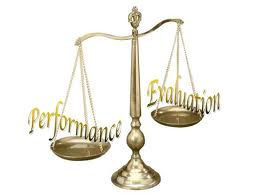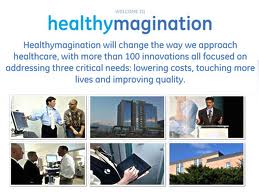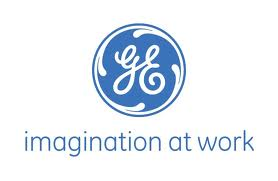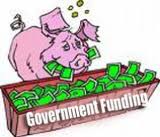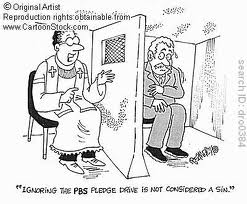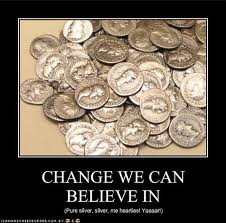 So, my good friend Marissa sent me this tweet a few days ago:
So, my good friend Marissa sent me this tweet a few days ago:
@eanderson847 Check out this video showing what can be done with just $1. Microphilanthropy at it’s finest. youtu.be/9DXL9vIUbWg
Please grab a tissue and click the link. The YouTube video is about 10-minutes long, but I promise you that it is well worth your investment in time.
 As I watched the e-video, lots of different thoughts raced through my head including:
As I watched the e-video, lots of different thoughts raced through my head including:
- This video demonstrates the intense power of stewardship.
- The producers remind us that while major gift donors are incredibly important to our non-profit agencies, we need to remember that charitable contributions that aren’t so major need to be treated as transformational. Why? Because they are!
- The video’s point of view is that philanthropy, regardless of how small, is powerful.
 Not just for the person who receives it, but also for the person who gives it.
Not just for the person who receives it, but also for the person who gives it. - This video reminded me that there are differences between “fundraising” and “resource development” and “philanthropy”. In my mind, “fundraising” is the act of soliciting a donor for a charitable contribution. “Resource development” speaks to the overall process — prospect identification & evaluation, introduction, cultivation, solicitation, stewardship, and the continuous feedback loop moving forward. “Philanthropy” is the love of humanity and goes beyond just giving money and includes volunteerism, mentoring, emergency response, etc.
- This video points to an often overlooked trend called “microphilanthropy” that all non-profit professionals need to be aware. We need to understand this trend first and then analyze what it means. Is this growing trend something that can affect non-profit resource development and donor trends? Sure it can! . . . How? . . . I’m not sure, but it warrants our attention and time. Click here to check out an interesting blog calling itself the “1DollarClub.org” to read more.
- This video also smacked me across the face and was a reminder about another emerging trend — non-profits are using the internet, social media, and e-videos to steward donors in an increasingly digital world where more and more people just don’t have time for traditional stewardship activities and tactics. ePhilanthropy is here to stay and it is evolving every day!!!
Wow! Thank you, Marissa (by the way, she is the blogger at One World One Plate and I think everyone who loves food should go check out her work).
After viewing the e-video, did you have any thoughts that struck you like a lightning bolt? Is your non-profit organization using online videos as part of its resource development plans and efforts? If so, how? Please use the comment box below and share your revelation. We can all learn from each other.
Here’s to your health!
Erik Anderson
Founder & President, The Healthy Non-Profit LLC
www.thehealthynonprofit.com
erik@thehealthynonprofit.com
http://twitter.com/#!/eanderson847
http://www.facebook.com/eanderson847
http://www.linkedin.com/in/erikanderson847



